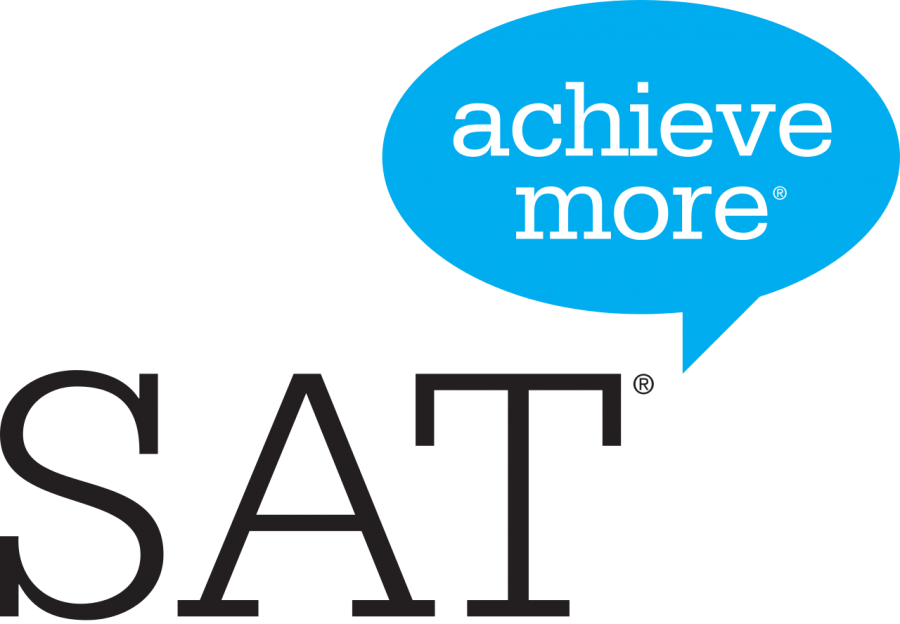SAT “adversity score” aims to level the playing field
Photo Wikimedia Commons
On May 16, the College Board announced their plans to initiate the Environmental Context Dashboard, a supplement to SAT scores rating challenges that test-takers face. The ECD, otherwise referred to as the “adversity score,” provides a cumulative score of a student’s disadvantages from 1 to 100, with a score over 50 alluding to high disadvantage and under 50 implying higher levels of privilege.
The score is broken into two main categories: neighborhood measures and high school measures. These two census tracts aim to rate neighborhood and family status alongside high school status regarding their respective levels of disadvantage. Several of the 31 factors contributing to these categories include the neighborhood’s crime and poverty rates, the high school’s college-going behavior, family income and single-parent status.
The purpose of the adversity score is to put scores in context. Oftentimes, students in certain areas are overlooked due to lower SAT scores compared to teens with greater socioeconomic advantages.
“There are a number of amazing students who may have scored less but accomplished more,” Chief Executive of the College Board David Coleman told The Wall Street Journal. “We can’t sit on our hands and ignore the disparities of wealth reflected in the SAT.”
However, some believe the ECD is rash and ultimately not a proper solution to the problem of college admission fairness. The ECD fails to take factors outside of socioeconomic status into account. For instance, enduring some form of trauma, such as losing a family member, can contribute to a lower SAT score, yet factors like these are not taken into account. And overcoming such things to receive a proficient SAT score demonstrates the resilience that colleges consider.
Additionally, the ECD is not entirely reflective of one’s grit. According to Forbes, it is likely that the “adversity score” fails to consider outside influences like parents, siblings or mentors, who can have constructive or detrimental impacts on a student’s performance.
Nonetheless, Coleman assures the public that the ECD is simply a different approach to recognizing kids with a drive to overcome their environmental challenges. What separates the ECD from previous strategies to promote fairness for college opportunity, according to Coleman, is that none of the factors involved in the ECD relate to race or ethnicity, such as Affirmative Action.
“It’s not so much an Affirmative Action kind of thing as [the fact that there are] students who may not have as many opportunities as others have had,” said WHS Assistant Principal Warren Hynes, “so let’s make sure [colleges] know that as [they] get these test scores.”
Regardless of the amount of adversity a student faces, the ECD will not alter their SAT score. Rather, it will serve as a supplementary and separate number for college admissions officials in order to provide socioeconomic context. Additionally, the ECD score does not ensure automatic admission into any school; it merely offers those with a disadvantage to be given another look rather than disregarded solely because of a lower SAT score.
The College Board has already conducted a trial with the ECD in 50 colleges, including Yale University. The plan is to officially implement it into 150 schools this year.






